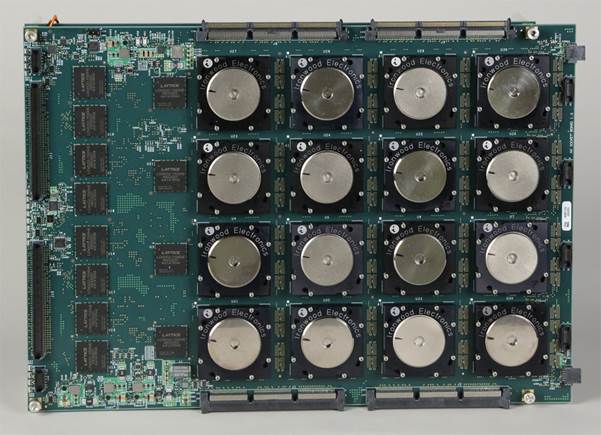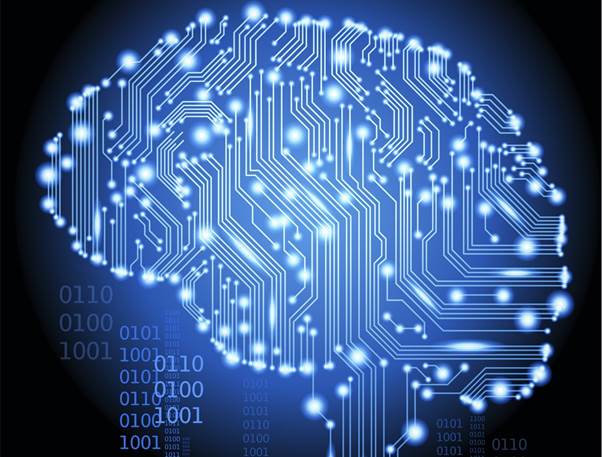Processors that mimic the human brain
could be the next big disruption in computing
Secondly, the team is also working on
creating a neurocompiler to enable people to use the board without knowing
anything about synapses and neurons.

Secondly,
the team is also working on creating a neurocompiler to enable people to use
the board without knowing anything about synapses and neurons.
The third challenge concerns power
consumption. Despite being thousands of times more energy-efficient than
today's PCs, the Neurogrid still lags behind when compared to the human brain.
According to Boahen's paper, the human brain, with 80,000 times more neurons
than Neurogrid, consumes only three times as much power. So, arriving at such
energy efficiency levels is a huge challenge that faces not just Boahen's team
but the whole global community of neuromor-phic engineers.
Spinning the future
Another promising sub-project under the
European Union's Human Brain Project is the University of Manchester's
SpiNNAker — a project that Steve Furber, co-creator of the ARM processor is
deeply involved in.
The team has developed a new brain-inspired
computer architecture called SpiNNaker, which is being used to develop the
SpiNNaker Machine, a parallel computing platform made up of one million ARM
processor chips. Each SpiNNaker chip, designed by the team and fabricated in
China and Taiwan, features 18 core processors. The machine will feature
approximately 56,000 of these super-thin chips, mounted on individual boards
carrying 48 units. In a media report, Furber explains that although the
SpiNNaker Machine incorporates one million ARM processor cores, the brain is so
much more complicated that they will be able to get to just one per cent of the
scale of the brain with one million chips.

In
a media report, Furber explains that although the SpiNNaker Machine
incorporates one million ARM processor cores, the brain is so much more complicated
that they will be able to get to just one per cent of the scale of the brain
with one million chips.
Last year, the SpiNNaker architecture was
put to work on a robot developed by Prof. Jörg Conradt at Technische
Universität München. To the robot's back, the team attached a SpiNNaker board
with chips that simulated a neural network to process data from the robot's
eyes or 'silicon retinas', in the same way the brain would. The robot was
programmed to recognise shapes '+' and 'x,' and take a specific action for
each. For example, when it spotted a '+' the robot moved forward towards it and
when it saw an 'x' the robot retreated.
This demo is just the beginning. Over time,
the working of, and learning from the SpiNNaker Machine, will be applied to
robotics, computer science and neuroscience. It will provide a deeper
understanding of the brain's working, which will hopefully help develop
treatments for various mental disorders including Alzheimer's disease.
Apart from these key projects, there are
other global efforts to create neuromorphic chips. There are also numerous
efforts to create brain-inspired software that enable conventional processors
to imbibe deep-learning capabilities. One good example is the recent
deep-learning processing system developed by Purdue University that uses
software cum hardware innovations to enable smartphones to quickly grasp and
understand their environment by instantaneously overlaying text tags on
whatever the camera captures.
Overall, engineers across the world are
beginning to understand that the intuitive and uber-powerful computing that the
future calls for is possible only by mimicking some or all aspects of the human
brain, and are going all out to achieve this.

Overall,
engineers across the world are beginning to understand that the intuitive and
uber-powerful computing that the future calls for is possible only by mimicking
some or all aspects of the human brain, and are going all out to achieve this.